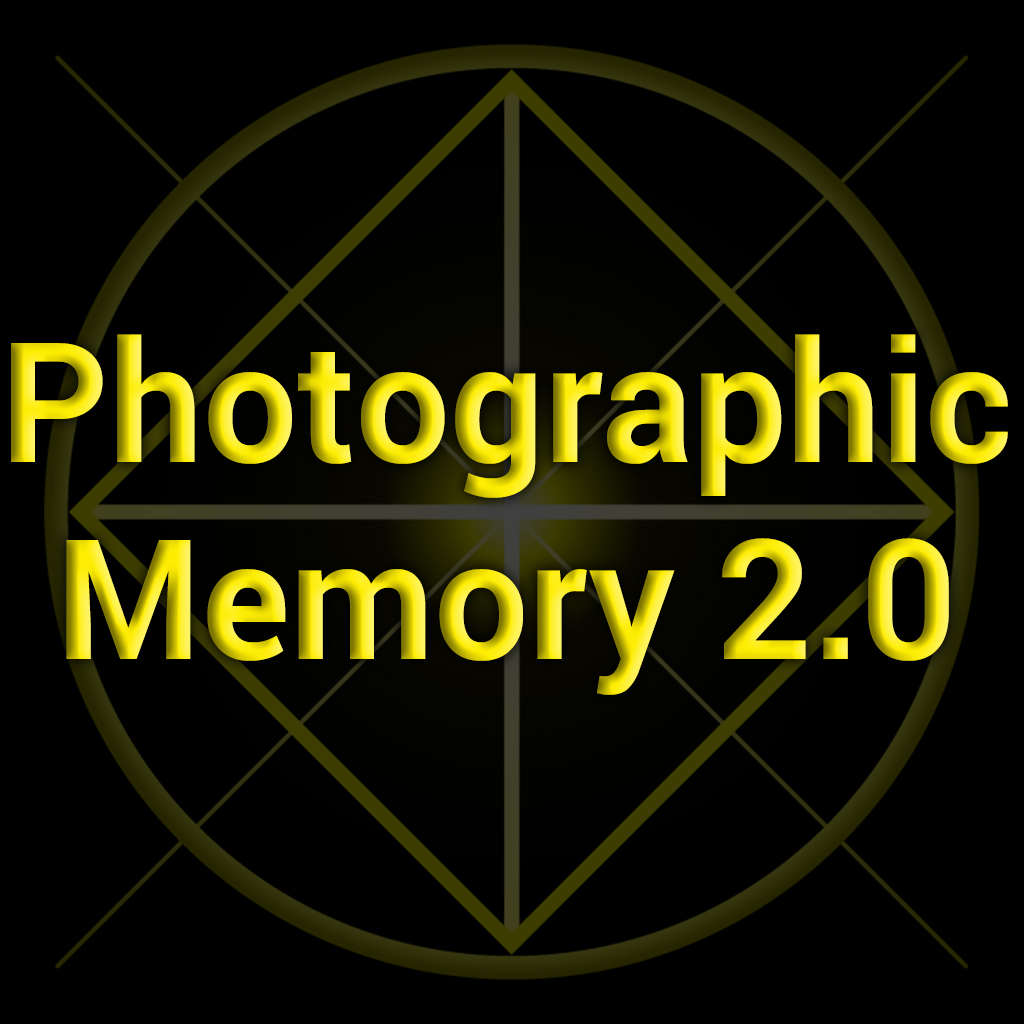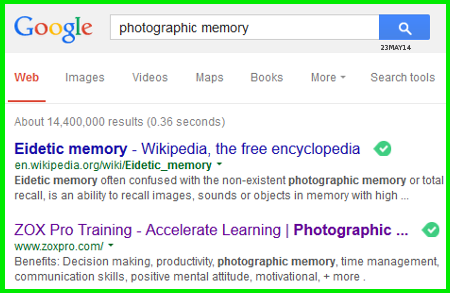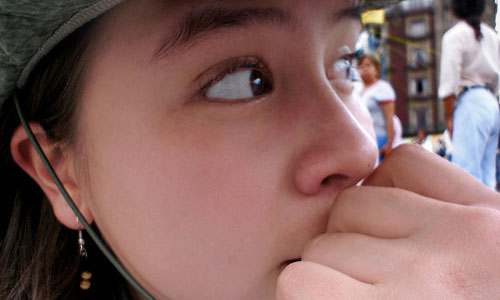
The ability to see an object only lasts for a few seconds and very rarely minutes after it is no longer present.Įidetic memory is reported to occur in a small number of children (it has been found in 2 to 10 percent of children aged 6 to 12) and is generally not found in adults. Eidetic memory, on the other hand, is real and possible.Įidetic memory is the ability to recall an image from memory with high precision for a very short period after seeing it only once. So, we have already explained that photographic memory, the condition of intentionally recalling every memory from any time whenever you want, is a myth. They are called Eidetikers, referring to their eidetic memory. Photographic Memory: What Are the Differences?Īs it is nearly impossible for a person to recall every single memory that they have, there are people that have a more advanced memory of images and pictures than others. So keep reading to figure out how these two memory types differentiate from each other and why some signs of photographic memory actually are eidetic memory. If you’re not looking for a picture-perfect memory, eidetic memory is an enhanced memory skill that is quite fascinating as well. On the other hand, just before quitting looking for signs your child has a photographic memory, you need to know eidetic memory. However, a case of an actual photographic memory has never been reported yet. We know that the idea of remembering every single detail of an image, reciting the exact lines of a book you had read almost 10 years ago, and recalling the events that happened when you were only two is amazing.
#Photographic memory free
Scientists are learning more about memory by studying these people, as well as people who have very poor memory as the result of neurological injury or disease.For parents who are looking for a photographic memory test for their child, we’ve got the best photographic memory test for kids! 📚īefore learning the details, don’t forget to take our free online test now to discover how great your children’s or your memory skills are! 🏆 Others are able to effortlessly recall vast amounts of autobiographical information spanning most of the lifetime. Some people with excellent memory use elaborate techniques to help them remember. Additionally, the extent to which we replay the material in our minds and relate it to what we already know affects our ability to remember. How well we remember things depends largely on how well we pay attention when material is presented. Of course, people vary in their ability to remember the past. This is advantageous because what is important for memory is the meaning of what was presented, not the exact details present at any given time. We are good at remembering the gist of what happened and less good at remembering (photographically) all the elements of a past scene. Passing over details helps us to form general concepts. To recollect a past event, we piece together various remembered elements and typically forget parts of what happened (the color of the wall, the picture in the background, the exact words that were said). Memory is more like pieces of a jigsaw puzzle than a photograph. If memory worked like a photograph, these people would be able to rapidly reproduce the text in reverse order by "reading" the photo. It is easy to demonstrate this by asking people who think they have photographic memory to read two or three lines of text and then report the text in reverse order. However, photographic memory does not exist in this sense. Just as a photograph freezes a moment in time, the implication for people thought to have photographic memory is that they can take mental snapshots and then recall these snapshots without error.



Photographic memory is a term often used to describe a person who seems able to recall visual information in great detail.


 0 kommentar(er)
0 kommentar(er)
